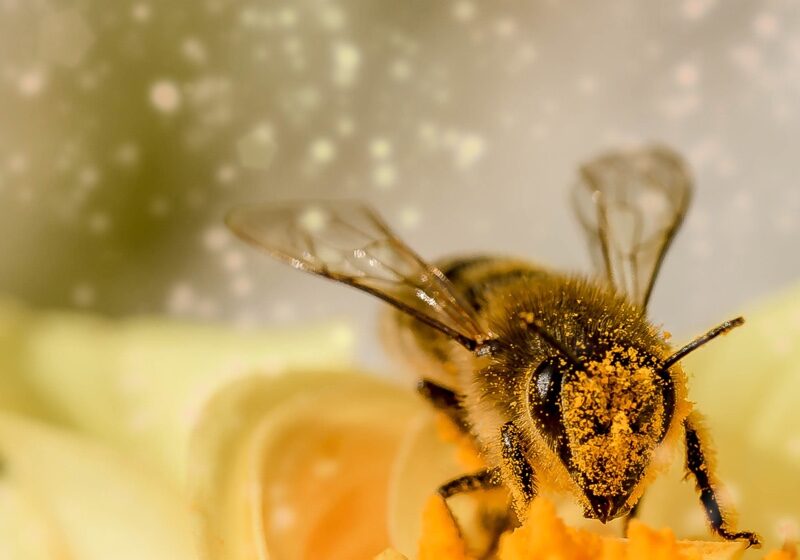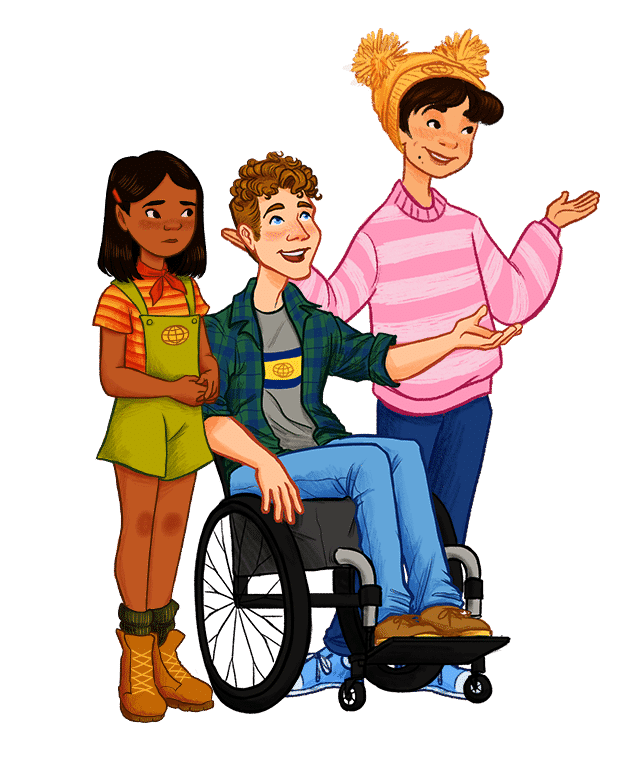uncover
Pollination

Parts of a Plant
Flowers are the way some plants reproduce and create new plants, or offspring. These flowering plants, called angiosperms, make seeds can grow into the next generation of plants. They can only produce seeds, though, when pollen has been moved from one part of a flower - the male anther - to another part of the same type of flower, the female stigma. Self-pollination occurs when the pollen is moved from the anther to the stigma on the same plant. Cross-pollination occurs when pollen moves from the anther of one plant to the stigma of another plant of the same species.
Life Cycle of a Plant
In order for the flower to produce a seed, pollen must be transferred from flower to flower. This can happen within the same plant (self-pollination) or between different plants of the same species (cross-pollination). Pollen, a bunch of tiny, yellow, powdery grains, carry the male reproductive cells of the plant. When pollen is deposited onto the stigma (female part) of the plant, the pollen is on its way to fertilizing the female ovule of the plant. When a flower is fertilized, it grows into a fruit with seeds. Eventually, the fruit will be eaten by people or animals, or will fall to the ground and rot. Either way, the seeds will be moved to a new place and have a chance of growing into new plants. The cycle continues...


Pollinators to the Rescue!
If pollen needs to move either within a plant or between plants in order for that plant to reproduce, how does this happen? Wind and gravity will sometimes get the job done, but insect and animal pollinators play a huge role here. Attracted to flowers by the tasty nectar and pollen (only some pollinators actually eat pollen), these animals transfer pollen from plant to plant on their feet and bodies. As you learn more about these animals, you'll be fascinated at the traits and adaptations they have developed to do this job so well!
Why are pollinators so important?



